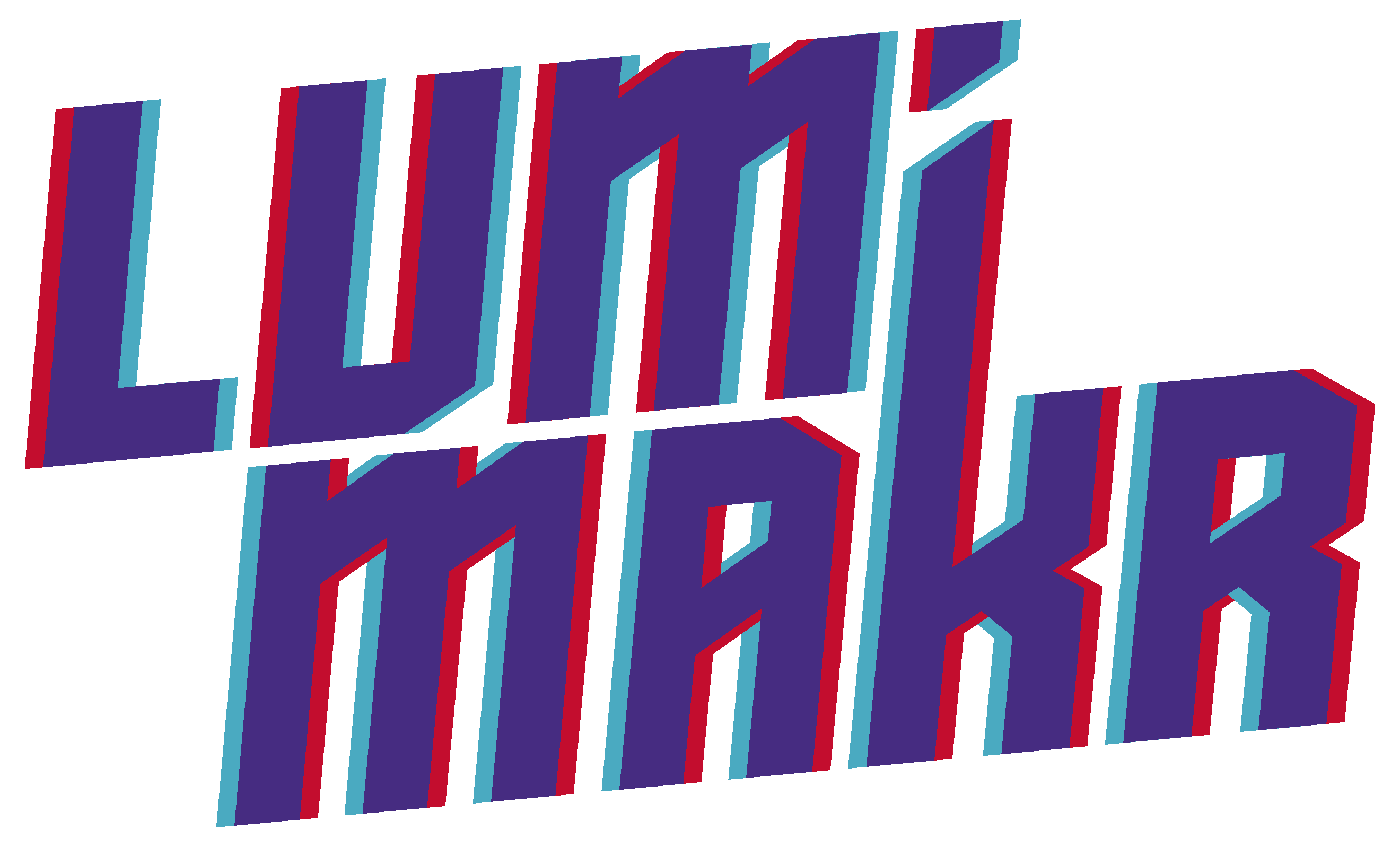It's easy to confuse tone mapping and HDR but although they are closely related, the two techniques are actually very different!
HDR stands for High Dynamic Range, a process used in various fields such as television, video games, smartphones, tablets and laptops, and of course, photography.
HDR images capture a very wide dynamic range, from very bright to very dark areas, preserving every luminous nuance as well as details in shadowy areas.
Well, tone mapping is a crucial step in the HDR process
Tone mapping for HDR involves the process of adjusting the range of brightness levels in a high dynamic range image to fit within the limited capabilities of standard display devices. It aims to maintain visual details and overall image quality by compressing or remapping the extreme brightness values.
Essentially, it ensures that the expanded dynamic range captured in HDR photography can be accurately represented on devices with narrower dynamic range, such as computer monitors or television screens, without losing essential details or introducing visual artifacts.
Indeed, most of our screens, print media and televisions have a limited dynamic range, but by compressing the dynamic range, this makes it compatible with the brightness range of the output devices. And that’s how you end up with images that are vibrant and full of life, and that can reproduce the rich dynamic range of your original images!
A bit like Robin with Batman, tone-mapping is HDR’s sidekick, reducing luminosity differences to offer a wonderful representation 😉.
TONE MAPPING
Local operator
Local operators determine the position of a pixel in the light or dark areas for each image, then process them according to this position and the details extracted.
This method calculates the matching luminance for each image pixel according to its position, revealing a wealth of detail. The image thus produced becomes more accessible and has more detail, but processing time with this technique can be longer.
Global operator
In contrast, global operators take care of the entire image, ignoring the position of each pixel.
This method calculates a single matching luminance for the whole image, and pixels in light or dark areas are ignored. Processing is therefore faster, but the resulting image will have less detail.
In essence, local operators focus on small regions, allowing for more nuanced adjustments in different parts of the image, while global operators treat the entire image uniformly, providing a simpler and more consistent tone mapping across the entire scene. The choice between local and global operators often depends on the specific characteristics of the image and the desired visual outcome.
With LumiMakr, you can capture moments of life and emotion, and create HDR photographs in motion.
